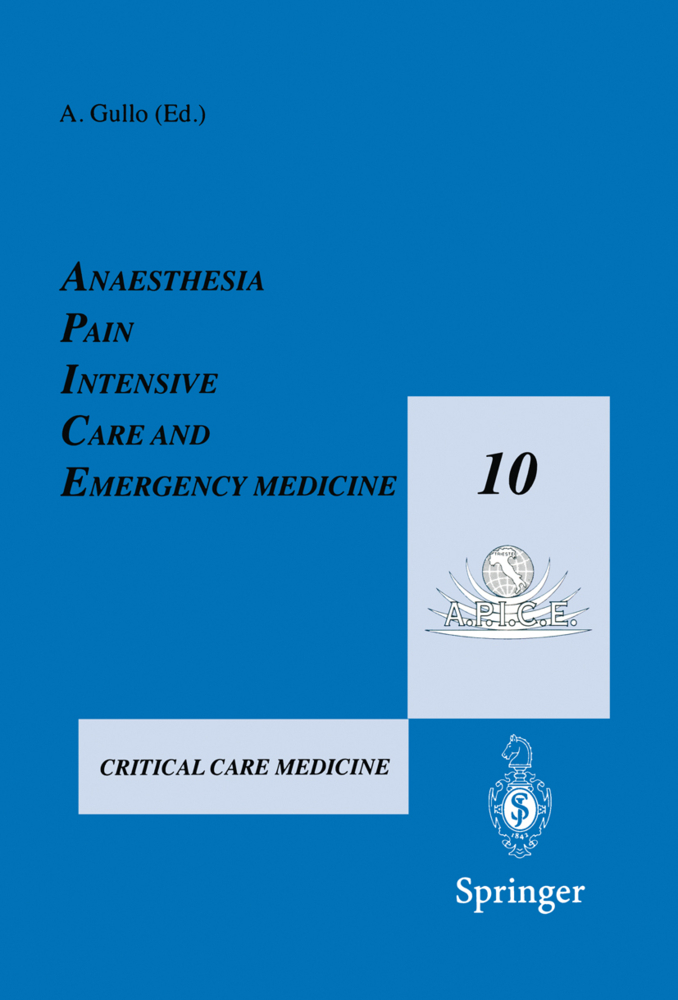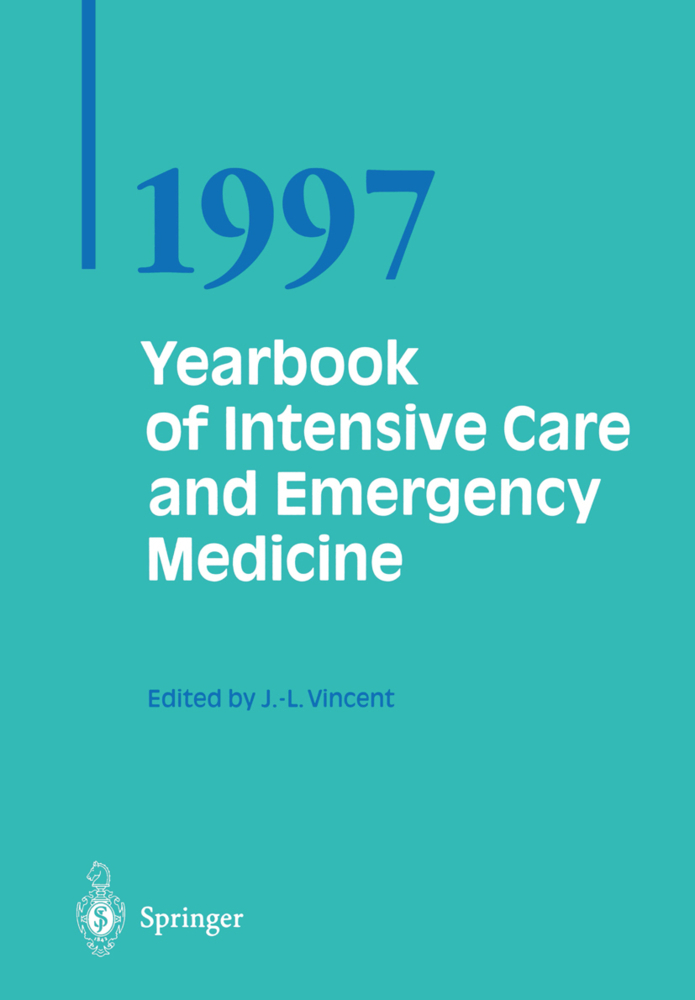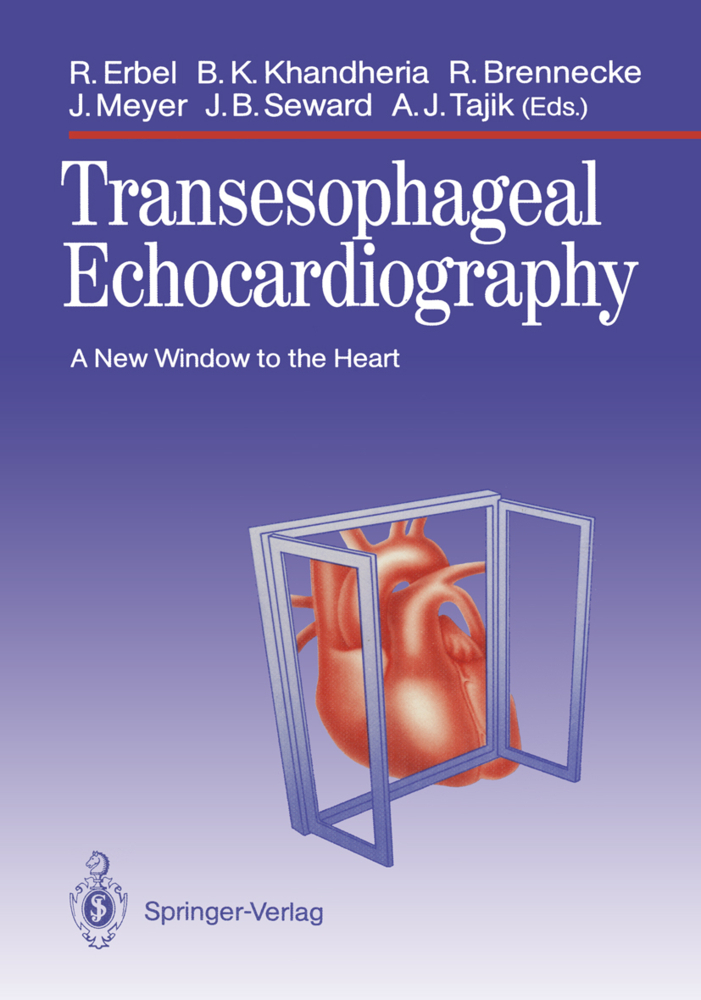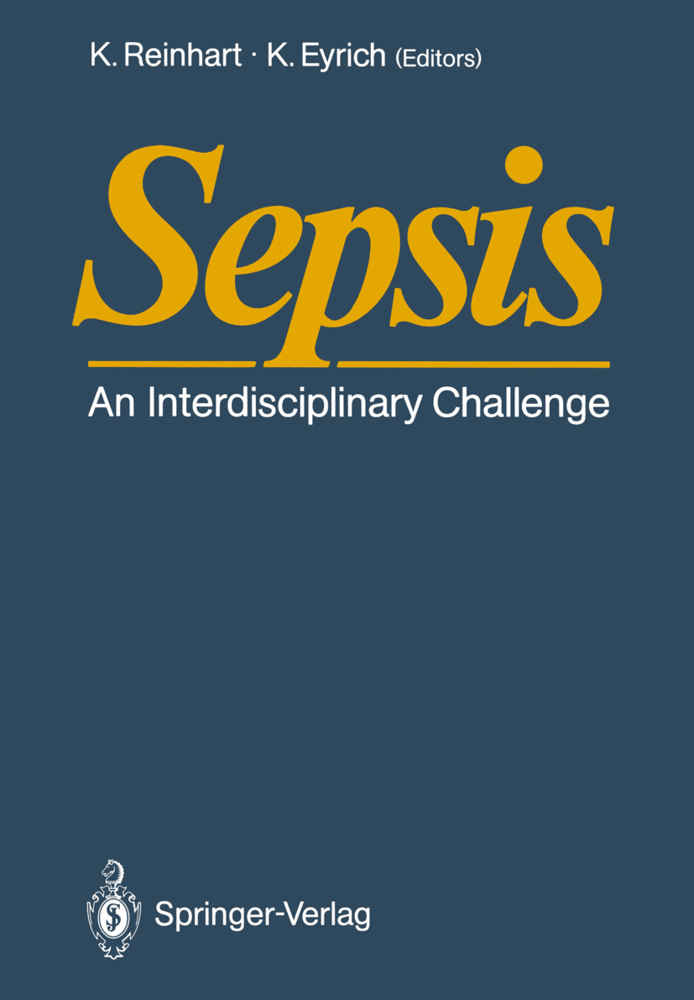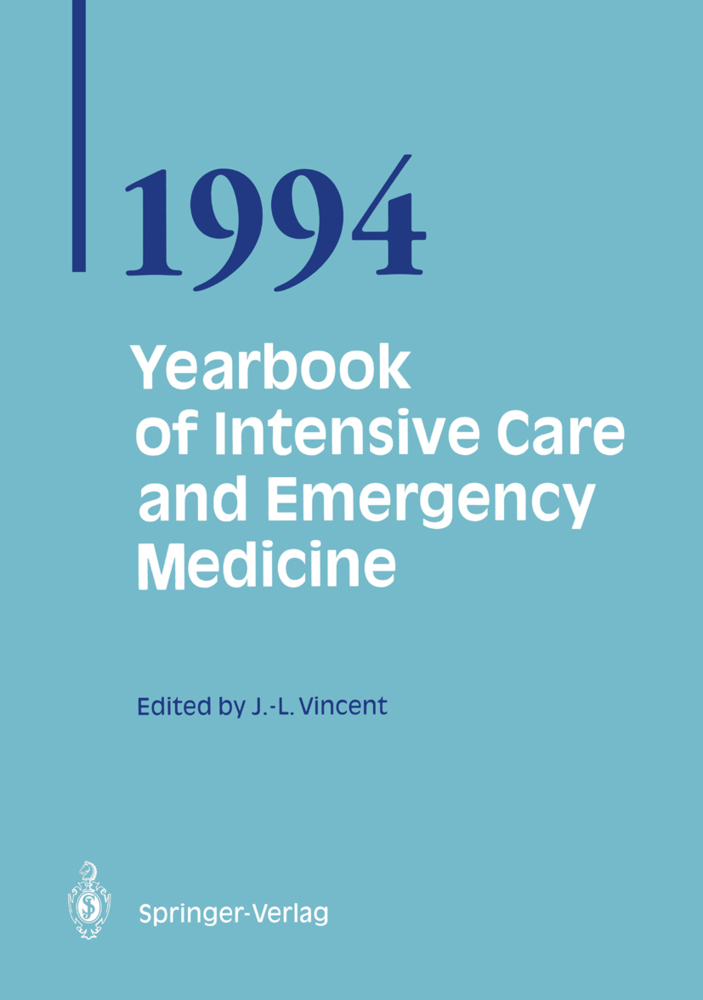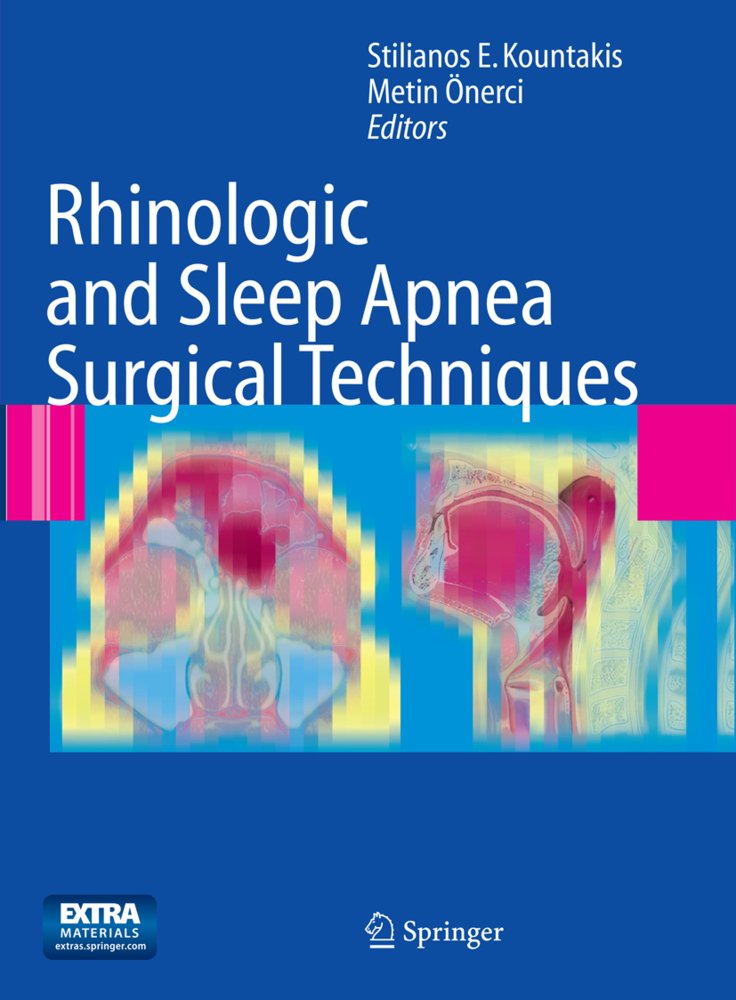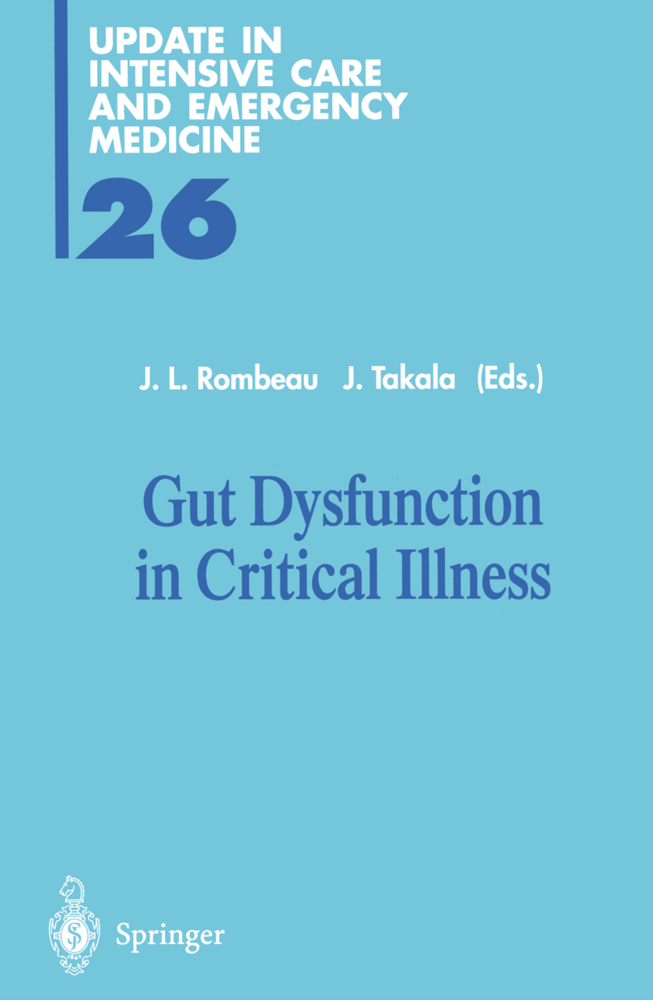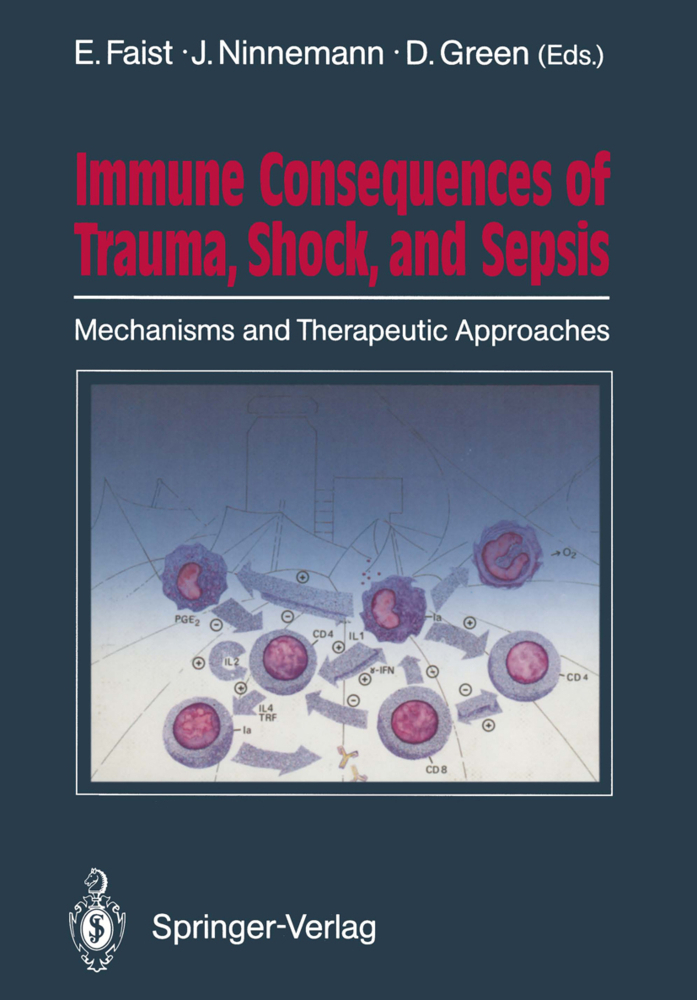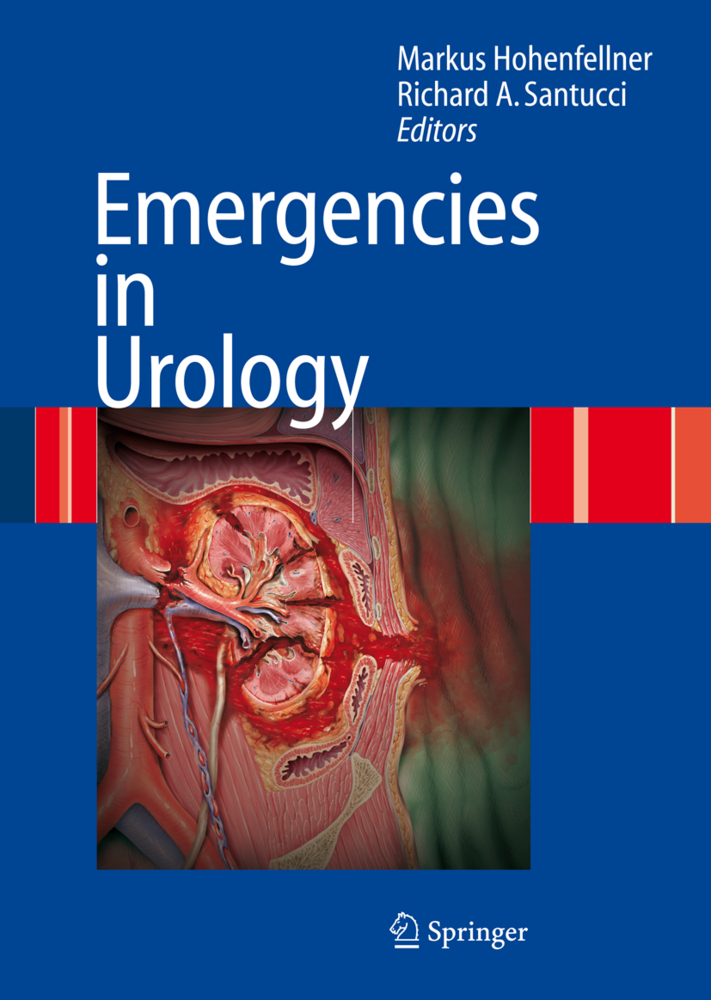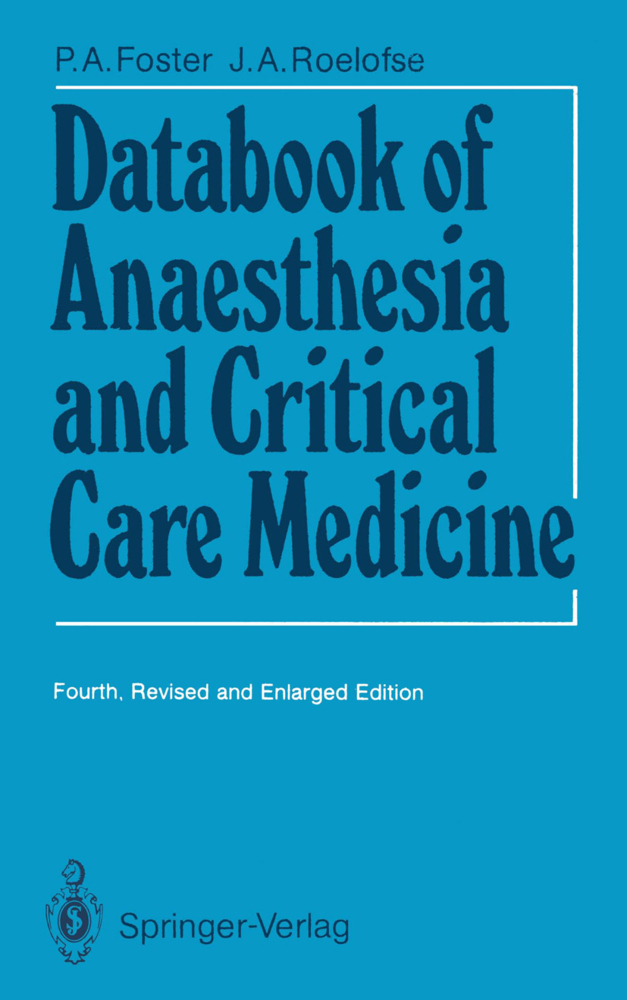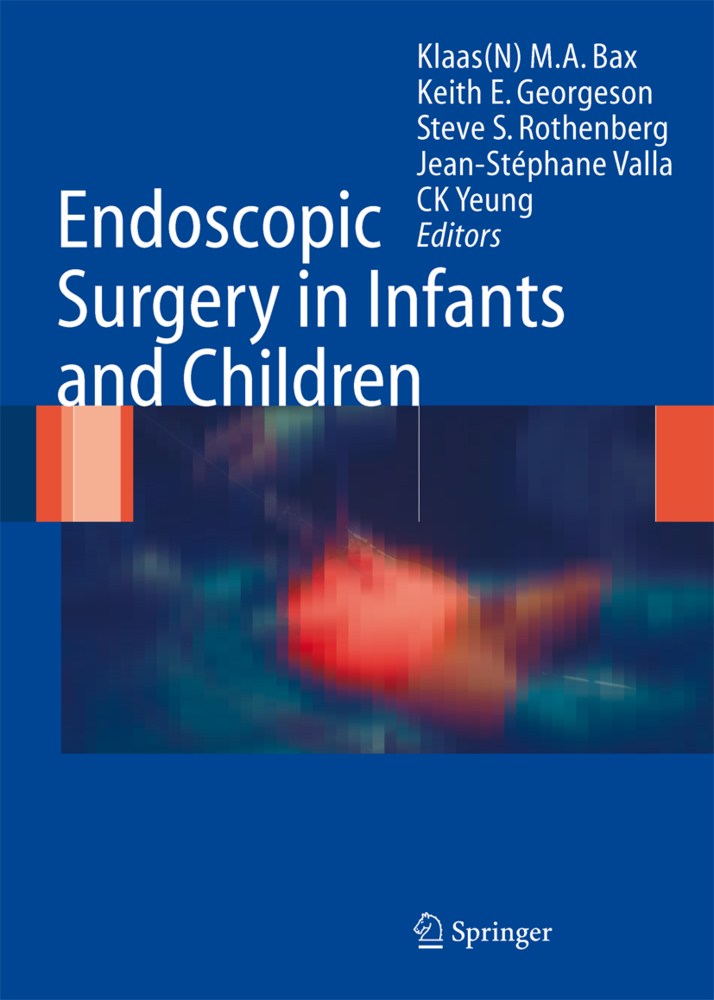Anaesthesia, Pain, Intensive Care and Emergency Medicine - A.P.I.C.E.
Proceedings of the 10th Postgraduate Course in Critical Care Medicine Trieste, Italy - November 13-19, 1995
Anaesthesia, Pain, Intensive Care and Emergency Medicine - A.P.I.C.E.
Proceedings of the 10th Postgraduate Course in Critical Care Medicine Trieste, Italy - November 13-19, 1995
This critical care medicine book substantially differs from others due to the range of peculiarities that characterize it. Since it deals with acute patients in critical conditions, this is, as it were, a 'borderline'book,in the sense that it is intended for those, who, in their activity, need a continuous and in-depth interdisciplinary approach to optimize the quality of the treatments offered to critically-ill patients. This book helps to have a better understanding of the current limits of human intervention and aims at supplying updated guidelines; in particular, it is intended for those who, although having to guarantee continuity and top-quality therapies, must decide when and why the collaboration with and intervention by experts is necessary.
Pain
Homeostasis
Metabolism
Pharmacology
Injury and Tissue Damage
Organ Perfusion
Cellular and Humoral Activity in Trauma and Sepsis
Chest Imaging in the ICU
Pulmonary Oedema
Pulmonary Embolism
New Modes of Artificial Ventilation
Artificial Ventilation at the Bedside
Advances in Respiratory Mechanics
Invasive and Noninvasive Haemodynamic Monitoring
Trauma Operative Procedures (T.O.P.)
Cerebral and Spinal Dysfunction
Scoring Systems '95
Perioperative Problems in Obese Patients
Anaesthesiological and Surgical Problems in Lung Transplantation
Technological and Clinical Advances
Laryngeal Mask in Clinical Anaesthesia
Controversies in the Management of Critically Ill Patients
Updating Computer Usage in the ICU
Advances in Inhalatory Anaesthesia
Total Intravenous Anaesthesia
Management in Anaesthesia.
Basics of Critical Care Medicine
AnaesthesiaPain
Homeostasis
Metabolism
Pharmacology
Injury and Tissue Damage
Organ Perfusion
Cellular and Humoral Activity in Trauma and Sepsis
Chest Imaging in the ICU
Pulmonary Oedema
Pulmonary Embolism
New Modes of Artificial Ventilation
Artificial Ventilation at the Bedside
Advances in Respiratory Mechanics
Invasive and Noninvasive Haemodynamic Monitoring
Trauma Operative Procedures (T.O.P.)
Cerebral and Spinal Dysfunction
Scoring Systems '95
Perioperative Problems in Obese Patients
Anaesthesiological and Surgical Problems in Lung Transplantation
Technological and Clinical Advances
Laryngeal Mask in Clinical Anaesthesia
Controversies in the Management of Critically Ill Patients
Updating Computer Usage in the ICU
Advances in Inhalatory Anaesthesia
Total Intravenous Anaesthesia
Management in Anaesthesia.
Gullo, Antonio
| ISBN | 978-3-540-75014-7 |
|---|---|
| Artikelnummer | 9783540750147 |
| Medientyp | Buch |
| Copyrightjahr | 1995 |
| Verlag | Springer, Berlin |
| Umfang | XXVIII, 1022 Seiten |
| Abbildungen | XXVIII, 1022 p. |
| Sprache | Englisch |

